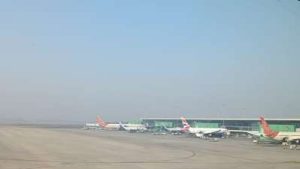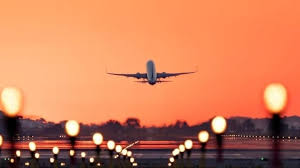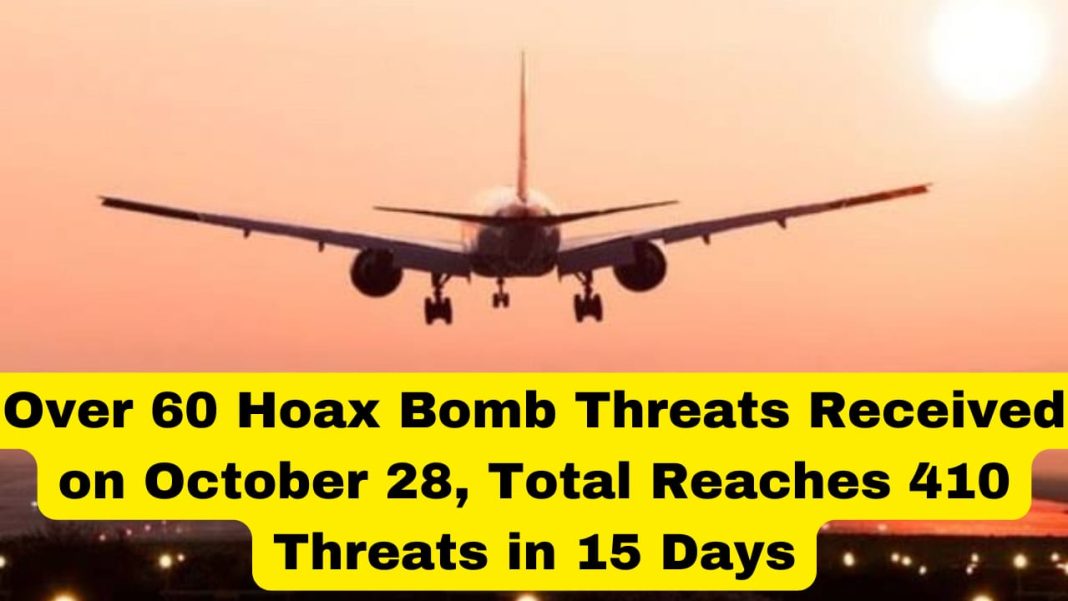Digital News Guru:
The Indian aviation industry has been rocked by an alarming wave of hoax bomb threats, with over 60 flights reportedly targeted on October 28 alone. This surge brings the total to a staggering 410 hoax bomb threats across various airlines within just the last 15 days. The sudden escalation in threats has significantly disrupted flight operations, strained security resources, and sparked considerable anxiety among passengers and officials alike. Authorities are now on high alert, and intensified security measures have been implemented at airports nationwide to ensure safety and mitigate further disruptions.
October 28: A Day of Heightened Threats
On October 28, more than 60 flights faced hoax bomb threats, triggering urgent responses from airport security, airline personnel, and emergency services. Reports indicate that the threats were received from multiple sources and directed toward flights across various airlines. Each threat was treated with the utmost seriousness, leading to rigorous inspections, security sweeps, and even temporary grounding of flights in some cases. Fortunately, none of the threats were found to be credible after thorough investigations, but the frequency and volume of the threats have significantly heightened concerns.

With each threat, flight schedules were disrupted as security personnel followed mandatory safety protocols, which include evacuations, aircraft inspections, and passenger re-screening. These procedures are essential for maintaining the safety of passengers and crew, yet they have also caused widespread delays and interruptions across multiple airports, affecting thousands of passengers.
A 15-Day Surge: Over 410 Bomb Threats Received
The past two weeks have witnessed an unprecedented spike in bomb threats against Indian flights, with over 410 threats received between October 13 and October 28. This surge represents an enormous increase in aviation threats for India, especially when compared to previous months. The number and nature of these threats suggest a possible pattern, which has prompted authorities to intensify their investigations and track the sources.
This surge has put considerable pressure on both airlines and airport security personnel. Airlines are incurring additional costs due to the disruptions, including rescheduling, fuel costs for rerouted flights, and potential refunds for delayed passengers. Additionally, airports have had to deploy extra security personnel, further straining resources and leading to increased operating costs.

Heightened Security Measures Across Airports
In response to this surge in bomb threats, Indian airports have adopted a multi-pronged approach to security. The Directorate General of Civil Aviation (DGCA), in collaboration with the Bureau of Civil Aviation Security (BCAS), has issued directives to enhance security checks across all major airports. Additional security personnel have been deployed, with special bomb detection squads on standby to manage any potential threats swiftly.
Security protocols at airports now include heightened screenings of passengers, baggage, and cargo, with a particular focus on flights that receive direct threats. Advanced screening technology and explosives detection systems are also being utilized more rigorously. The BCAS has further instructed airlines and airport operators to remain vigilant and report any suspicious activities immediately to preempt any security incidents.
Indian intelligence agencies are closely monitoring these developments, working alongside law enforcement to trace the sources of the threats. They are investigating whether this series of threats is part of a coordinated effort, potentially linked to a larger organized group or a network attempting to create widespread panic and disruption in the aviation sector.
Impact on Airlines and Passengers
For passengers, this rise in threats has resulted in increased waiting times, sudden flight cancellations, and anxiety over safety concerns. Many travelers have expressed frustration over frequent delays and disruptions, though there has also been a notable appreciation for the security personnel’s dedication to safety measures. One passenger remarked, “The delays are frustrating, but it’s reassuring to see the thoroughness of the checks. It’s better to be safe than sorry.”
The financial impact on airlines has been substantial. Additional security measures, flight diversions, and rescheduling costs are contributing to financial strain, particularly as the aviation industry is still recovering from post-pandemic operational challenges. The rising operational costs may also eventually affect ticket prices, impacting passenger demand in the future.
Response from the Government and Aviation Authorities
India’s Ministry of Civil Aviation has acknowledged the crisis and expressed its commitment to ensuring passenger safety across all flights and airports. The ministry is working closely with airlines, the DGCA, BCAS, and intelligence agencies to manage the situation.
In response to the scale of the problem, the ministry is also exploring the integration of advanced threat detection systems, such as AI-powered surveillance and predictive threat analysis tools. By leveraging technology, authorities hope to reduce response times and enhance the accuracy of threat detection, which could help contain disruptions from false threats in the future.

Experts Call for Enhanced Technological Solutions and International Cooperation
Security experts have voiced concerns about the need for modernized threat detection protocols and better international cooperation to address the rising number of threats. Advanced surveillance tools, combined with artificial intelligence, could help identify potential threats faster and more effectively. Additionally, international cooperation on intelligence sharing could enhance India’s ability to trace and neutralize threats, as other nations also face similar challenges in aviation security.
The repeated nature of these threats also suggests the need for psychological evaluations of passengers and improved cybersecurity measures to prevent false threats. With recent incidents in mind, experts emphasize the importance of adopting a multi-layered security approach that combines technology, human oversight, and real-time information sharing to preemptively identify and neutralize threats.
Looking Forward: Ensuring Safety and Stability in the Aviation Sector
As authorities continue their investigations, restoring public confidence in the aviation sector remains a priority. India’s aviation industry, one of the world’s fastest-growing, has demonstrated resilience in the face of challenges, and authorities are keen to resolve this issue with minimal disruption.
By prioritizing the safety of passengers and improving security protocols, India’s aviation sector is taking decisive action to address the current crisis and prevent future incidents. The cooperation between government agencies, airlines, and passengers is crucial in overcoming the immediate challenges posed by these threats and ensuring the long-term security of air travel in India. While the situation remains fluid, the dedication of security teams and the resilience of the sector are proving critical in maintaining stability amidst a challenging time.
You May Also Read: Tragedy in Kerala: Over 150 Injured in Fireworks Explosion, Eyewitnesses Recall ‘Ball of Fire’








